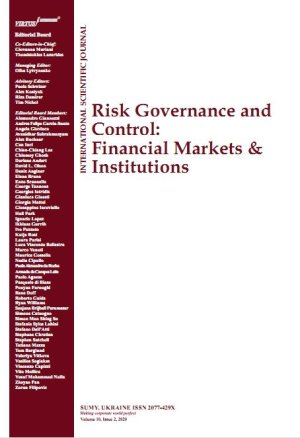
TWO COMMON STEPS IN FIRMS’ FAILING PATH
Download This ArticleAbstract
This paper aims to identify two steps which are common to the path of all failing firms and result from their financial statements. Their identification support the explanation of business failure (in both fraud and no-tort cases) as encouraged by authoritative literature (Cybinski, 2001; Parker, 2012).
The analysis has been conducted through all the fraud cases (and the matched not-tort cases) mentioned by WebBRD. It has been developed through different phases: content analysis for the identification and categorization of micro-failures, a deep analysis of time variable and the implementation of survival analysis for the failing path explanation.
This paper shows that, during the failing path, firms encounter two “steps” (i.e. micro-failures and macro-failures) that make the process neither atypical nor sudden at the same time. After the identification of the relevant micro-failures, a survival analysis has been implemented to demonstrate that fraud lets firms earn time in the path to macro-failure, but its disclosure make firms fall down macro-failure very fast. This paper sight to encourage business failure explanation and fraud deterrence: fraud lets firms earn time and hope more to avoid macro-failure, but, after the disclosure moment, fraud firms fall down macro-failure faster than not-tort firms. The results suggest that only after a such explanation of business failure, its prediction can be properly conducted. This paper examines in an original way failure as a path and emphasizes relations between time dimension, failure stages and accounting information.
Keywords: Business Failure, Financial Statements, Fraud, Macro-failure, Micro-failure, Survival Analysis
How to cite this paper: Agostini, M. (2013). Two common steps in firms’ failing path. Risk Governance and Control: Financial Markets & Institutions, 3(1-1), 108-121. https://doi.org/10.22495/rgcv3i1c1art5



















